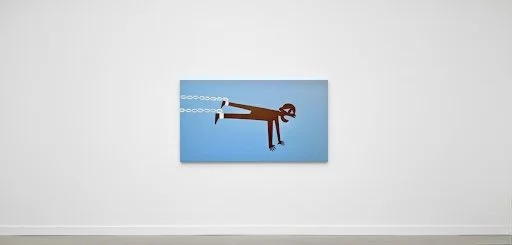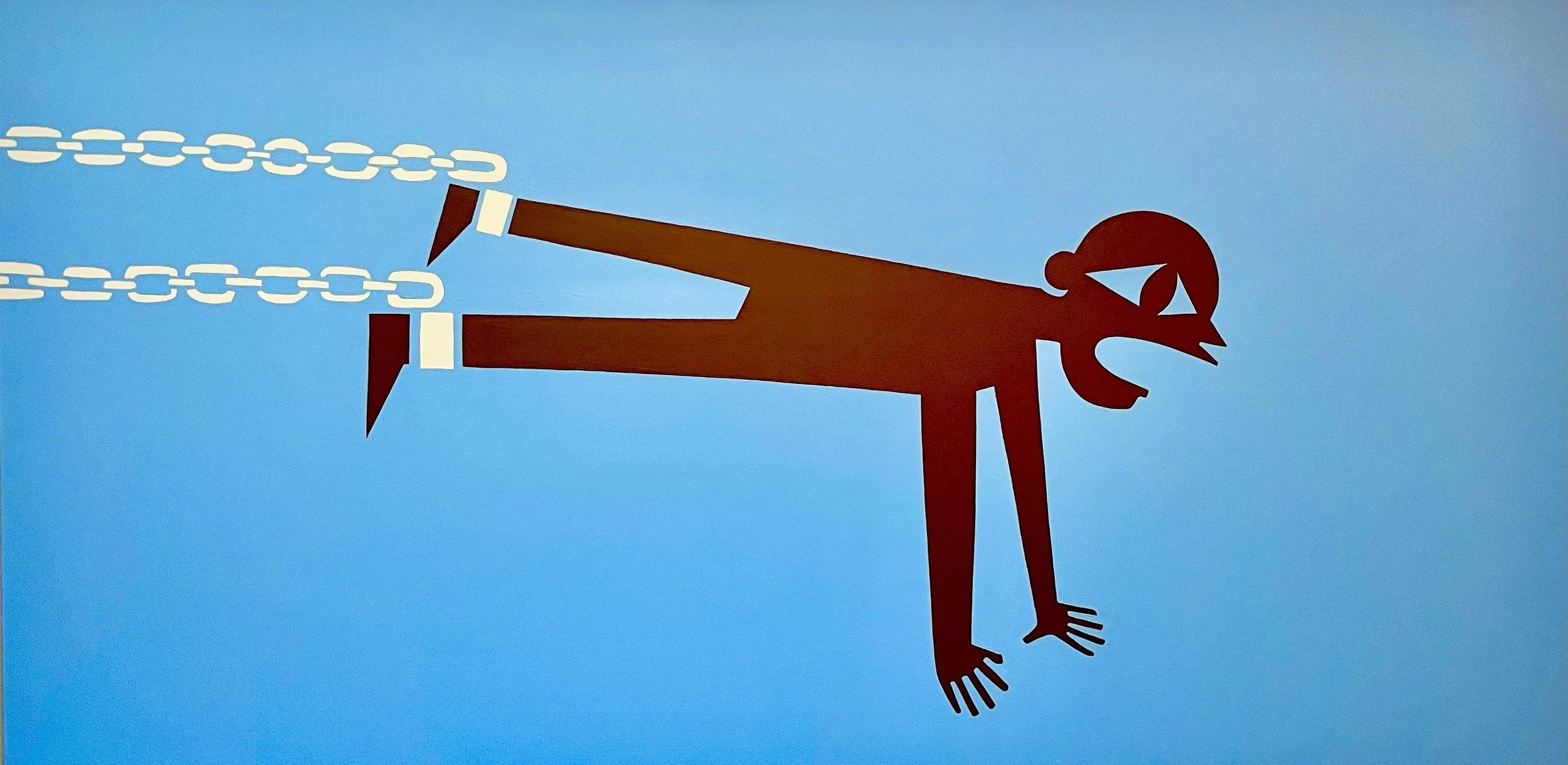The Visual Weight of Tragedy: Painting the Murder of James Byrd Jr.
The Ethical Imperative of Representation
When I decide to tackle a subject as painful as the 1998 murder of James Byrd Jr., I'm not looking to document a news story; I'm confronting one of the most horrifying acts of hate in modern American history. This painting isn't about recounting the event; it's an exercise in distilling unspeakable brutality into one singular, powerful visual statement.
The work is driven by an ethical imperative: to ensure that acts of racial violence are never just footnotes. They must remain centralized in our national consciousness. For institutions and serious patrons dedicated to showing challenging, relevant narratives, this piece opens a profound intellectual and social discourse on the role of contemporary art in processing trauma and demanding accountability.
The Story That Demands Witness
The emotional weight you feel from this artwork is rooted directly in the horrific details of what happened on June 7, 1998, in Jasper, Texas.
James Byrd Jr., a 49-year-old Black man, was offered a ride late at night by three white men: Shawn Berry, Lawrence Brewer, and John King. These individuals, two of whom had deep ties to white supremacist groups, didn't take him home. Instead, they took him to a secluded area, beat him, and then, in an act of sickening barbarity, chained him by his ankles to the back of a pickup truck. They dragged him for approximately three miles down a rough asphalt road, causing his death and dismemberment.
The sheer depravity of the crime shocked the nation and instantly connected modern America to its darkest history of racial violence. All three assailants were convicted, and the crime itself became a defining catalyst for the federal Matthew Shepard and James Byrd Jr. Hate Crimes Prevention Act in 2009. To know this story is to understand the enduring reality of hate; this painting stands as my visual testament to that brutal fact.
Stylistic Approach: Emotional Minimalism
I render the complexity of this subject through a deliberate commitment to what I call Figurative Minimalism. I consciously reject photo realism and gratuitous detail. That kind of imagery would only sensationalize the tragedy. Instead, I strip the visual language down to elemental forms, compelling the viewer to confront the idea of the violence rather than the graphic reality.
Color as Emotional Register: My choice of a vast, unblemished cerulean blue background is key. It's not a setting; it acts as an overwhelming field of emotional detachment, the cold, indifferent backdrop of the world against which this vicious act played out. This specific color choice creates a startling tension against the inherent gravity of the subject matter.
Stylized Form and Abstraction: The figure is rendered not as a silhouette, but in a stylized, abstracted form reminiscent of ancient Ethiopian, Egyptian, Mayan, and Indian storytelling. This approach to abstraction is crucial: by simplifying specific physical features, the figure becomes an archetype, a potent symbol of historical and enduring oppression, echoing the timeless power of these ancient narrative traditions. The outstretched posture, driven by the violent force of the chains, captures a pure, unmediated expression of suffering. That open mouth is a silent scream that fills the canvas and demands audible recognition.
The Geometry of Oppression: The chains, depicted in stark white and simplified to almost mathematical geometry, are not literal objects but thematic symbols. They reference the historical legacy of bondage and the calculated, structural nature of the hate crime. Their stark white against the blue field ensures they are the compositional focal point, visually emphasizing the crushing force being exerted upon the individual.
Critical Presence within the Canon
This painting is designed to be in direct dialogue with the major works by artists who have historically used reductive forms to address complex political and social issues. It enters the essential conversation of social justice art, echoing the power of simplified iconography used to mobilize thought and emotion.
The work's powerful simplicity and profound subject matter distinguish it as a significant piece in the contemporary art landscape. Its presence fosters a vital and necessary dialogue on justice, memory, and the responsibility of the art object in the modern world. It is a challenging work that demands sustained engagement and critical consideration.

